Deputy Prime Minister Tran Hong Ha has just signed Decision 648/QD-TTg dated June 7, 2023 approving the Master Plan for the development of the national airport and seaport system for the 2021-2030 period, with a vision to 2050.
Prioritize investment in a number of large airports that play a key role in the Hanoi capital region (Noi Bai International Airport) and the Ho Chi Minh City region (Tan Son Nhat and Long Thanh International Airports).
Accordingly, the goal by 2030 is to develop the airport system in a synchronous and modern direction, meeting the needs of transportation and deep international integration; protect the environment, save resources; ensure national defense and security; improve the competitiveness of the economy , contributing to making our country basically become a developing country with modern industry and high average income by 2030 with a number of specific goals.
By 2050, two international transit air transport hubs will be formed at the regional level.
Regarding transportation, the total passenger volume through airports is about 275.9 million passengers (accounting for 1.5-2% of the transport market share and 3-4% of the total inter-provincial passenger transport volume).
Total cargo throughput through airports is about 4.1 million tons (accounting for 0.05-0.1% of the transport market share). Regarding infrastructure: prioritize investment in a number of large airports, playing a key role in the Hanoi capital region (Noi Bai International Airport) and Ho Chi Minh City region (Tan Son Nhat and Long Thanh International Airports); gradually upgrade and effectively exploit existing airports, continue to research and invest in new airports to increase the total designed capacity of the airport system to meet about 294.5 million passengers, striving for over 95% of the population to have access to airports within a radius of 100km.
Investing in a synchronous, modern, regional-level infrastructure and flight management equipment system to meet transportation needs. Gradually investing in logistics centers, training centers, flight training, aircraft maintenance and repair centers, and equipment systems to ensure flight operations. Vision to 2050
Vision to 2050, forming 02 international transit hubs at regional level in the Hanoi Capital region and Ho Chi Minh City region. Investing in and putting into operation new airports, striving for about 97% of the population to have access to airports within a range of 100km. Expanding and upgrading airports in regional economic centers, ensuring the needs of socio-economic development.
Investing in a synchronous, modern infrastructure system and equipment to ensure flight operations at international standards; forming training centers, flight training, aircraft maintenance and repair centers, and a system of modern flight operations equipment.
The airport system is planned according to the axis-spoke model with 02 main hubs.
Regarding the National Airport System Planning for the period 2021 - 2030, the airport system is planned according to the hub-spoke model with 02 main hubs in the Hanoi Capital area and Ho Chi Minh City area, forming 30 airports including:
14 international airports: Van Don, Cat Bi, Noi Bai, Tho Xuan, Vinh, Phu Bai, Da Nang, Chu Lai, Cam Ranh, Lien Khuong, Long Thanh, Tan Son Nhat, Can Tho and Phu Quoc; 16 domestic airports: Lai Chau, Dien Bien, Sa Pa, Na San, Dong Hoi, Quang Tri, Phu Cat, Tuy Hoa, Pleiku, Buon Ma Thuot, Phan Thiet, Rach Gia, Ca Mau, Con Dao, Thanh Son and Bien Hoa (Thanh Son airport and Bien Hoa airport are planned to become dual-use airports); continue to maintain the planned location of Hai Phong International Airport approved by the Prime Minister in Decision No. 640/QD-TTg dated April 28, 2011 in Tien Lang district, Hai Phong city.
Forming 33 airports, including:
- 14 international airports: Van Don, Hai Phong, Noi Bai, Tho Xuan, Vinh, Phu Bai, Da Nang, Chu Lai, Cam Ranh, Lien Khuong, Long Thanh, Tan Son Nhat, Can Tho and Phu Quoc;
- 19 domestic airports: Lai Chau, Dien Bien, Sa Pa, Cao Bang, Na San, Cat Bi, Dong Hoi, Quang Tri, Phu Cat, Tuy Hoa, Pleiku, Buon Ma Thuot, Phan Thiet, Rach Gia, Ca Mau, Con Dao, Bien Hoa, Thanh Son and the second airport in the Southeast, South of Hanoi Capital.
Regarding the flight operations assurance system, invest in and modernize the infrastructure system and equipment to ensure flight operations at all airports to meet the requirements of ensuring safe flight operations with a long-term and effective vision associated with the task of participating in ensuring security, airspace sovereignty and complying with ICAO requirements and standards.
Arrange logistics centers at airports with transportation needs greater than 250,000 tons/year
Arrange logistics centers at airports with transport demand greater than 250,000 tons/year. Logistics centers ensure warehouse conditions and connect appropriate types of transportation to transport goods at airports including: Noi Bai, Tan Son Nhat, Van Don, Cat Bi, Da Nang, Chu Lai, Long Thanh, Can Tho and some other airports when there is a need to transport goods that meet the above criteria. Form an international cargo transit logistics center at Chu Lai airport.
Arrange flight training and coaching centers with a scale suitable to domestic and regional training needs at airports with low landing and take-off density, favorable terrain and weather conditions for flight operations, more than 50 km from the border area, with priority given to Chu Lai, Rach Gia and Ca Mau airports.
Build aircraft maintenance and repair centers at airports in need. Prioritize the construction of aircraft maintenance and repair centers at major airports with good infrastructure and international routes, including: (i) Noi Bai, Da Nang, Tan Son Nhat, Chu Lai, Cam Ranh, Can Tho, Long Thanh; (ii) Regional major repair center at Chu Lai airport.
Building new or expanding airports in remote areas
The investment capital demand for airport system development by 2030 is about 420,000 billion VND, mobilized from the state budget, non-budgetary capital and other legal capital sources.
Invest in building new or expanding important international airports that play a key role such as: Long Thanh, Tan Son Nhat, Noi Bai, Da Nang, Cam Ranh, Phu Quoc.
Invest in building new or expanding airports in remote, mountainous, and island areas; airports with regular military activities; and other airports in the system to meet the needs of exploitation and socio-economic development.
Baochinhphu.vn
Source

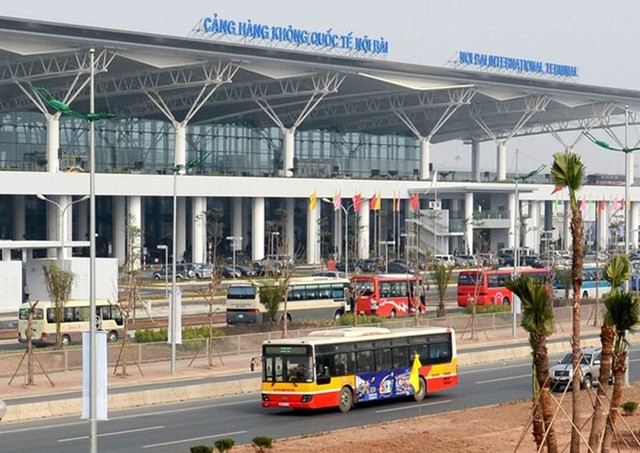
![[Photo] Prime Minister Pham Minh Chinh chaired a meeting to evaluate the operation of the two-level local government model.](https://vphoto.vietnam.vn/thumb/1200x675/vietnam/resource/IMAGE/2025/10/29/1761751710674_dsc-7999-jpg.webp)
![[Photo] Prime Minister Pham Minh Chinh chaired a meeting to discuss solutions to overcome the consequences of floods in the central provinces.](https://vphoto.vietnam.vn/thumb/1200x675/vietnam/resource/IMAGE/2025/10/29/1761716305524_dsc-7735-jpg.webp)

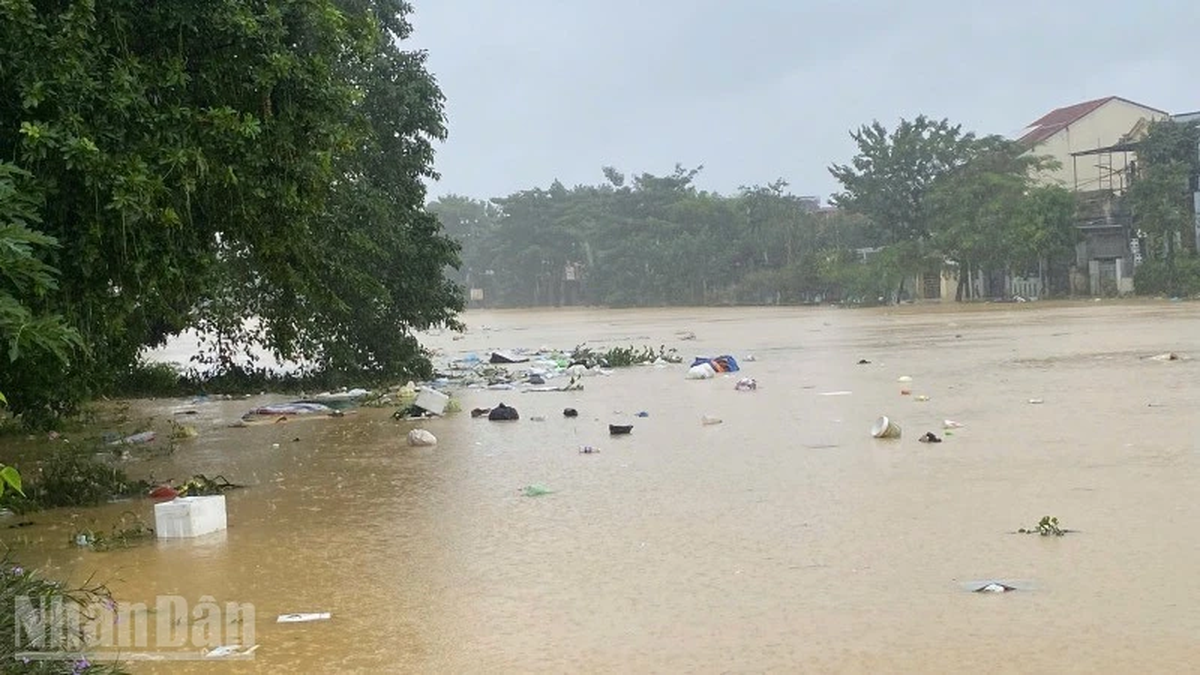
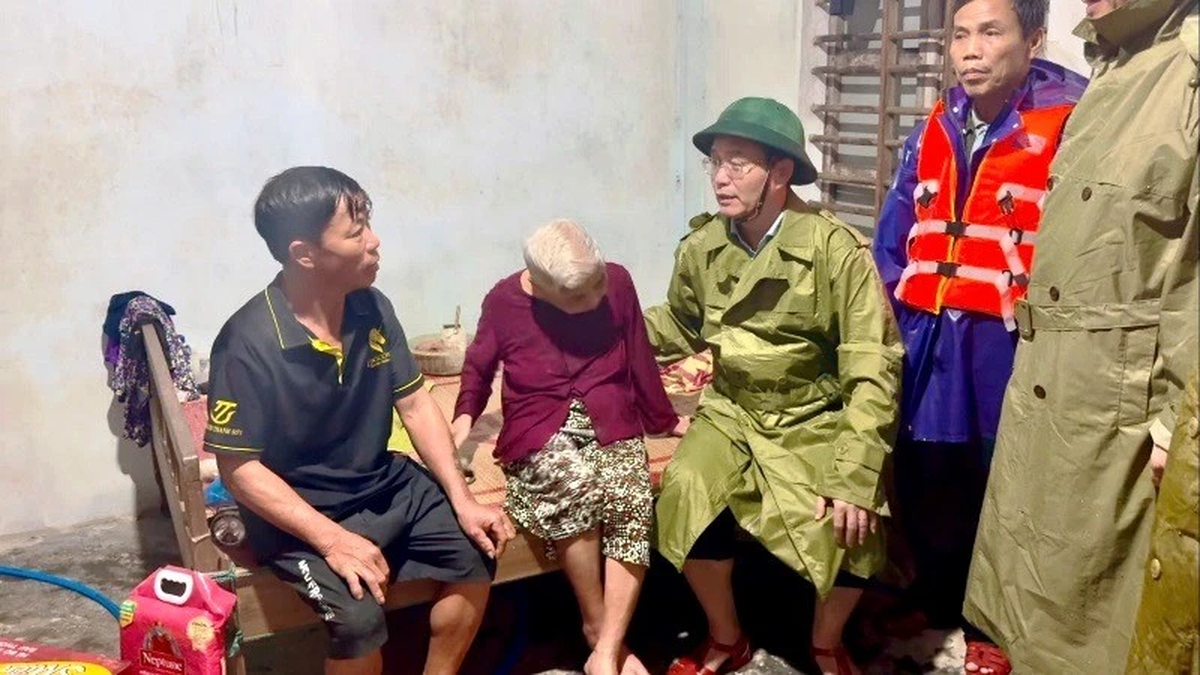
![[Photo] Hue: Inside the kitchen that donates thousands of meals a day to people in flooded areas](https://vphoto.vietnam.vn/thumb/1200x675/vietnam/resource/IMAGE/2025/10/29/1761738508516_bepcomhue-jpg.webp)


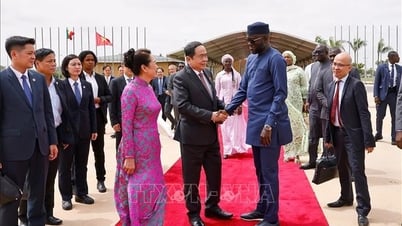

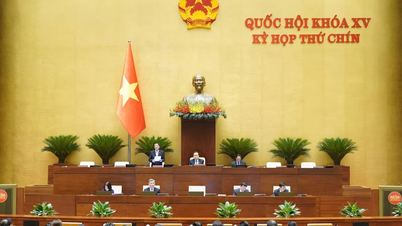


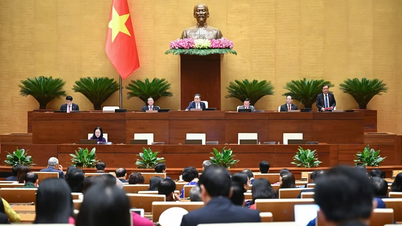

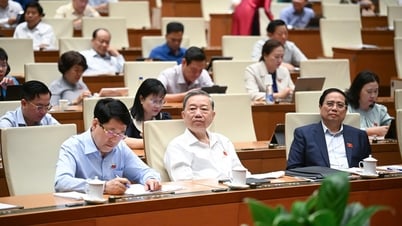





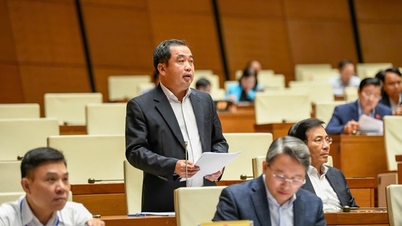


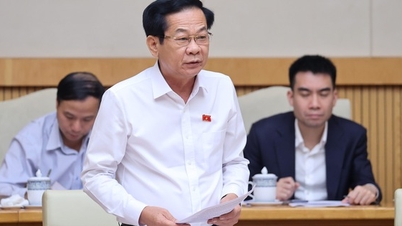

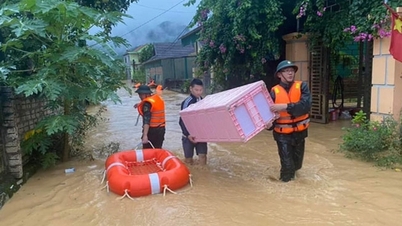












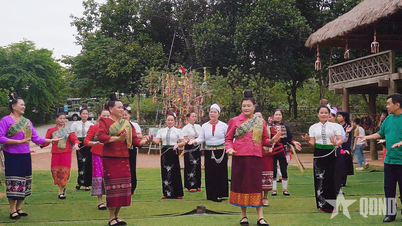






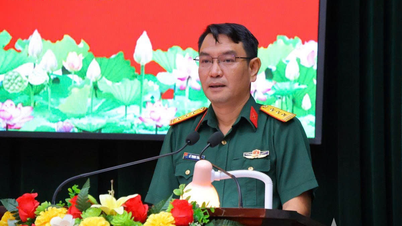


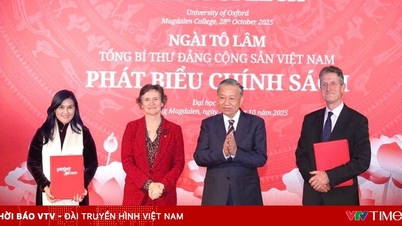

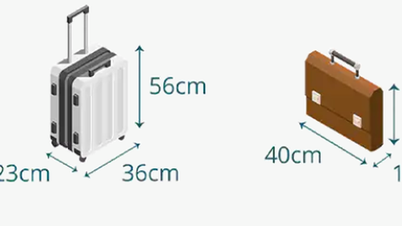



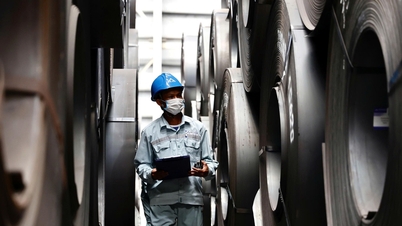






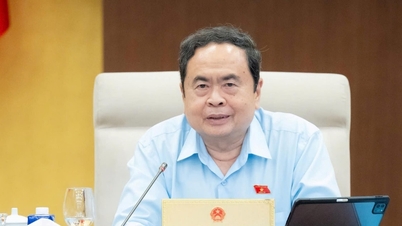

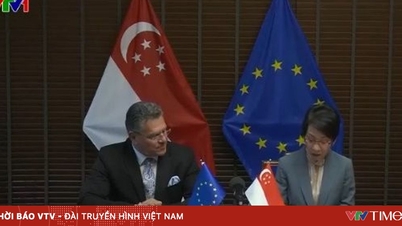
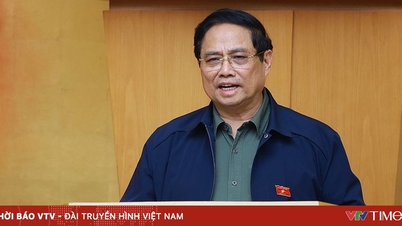
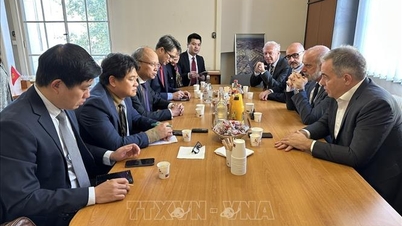




![[Live] Concert Ha Long 2025: "Heritage Spirit - Brightening the Future"](https://vphoto.vietnam.vn/thumb/402x226/vietnam/resource/IMAGE/2025/10/29/1761743605124_g-anh-sang-am-thanh-hoanh-trang-cua-chuong-trinh-mang-den-trai-nghiem-dang-nho-cho-du-khach-22450328-17617424836781829598445-93-0-733-1024-crop-1761742492749383512980.jpeg)

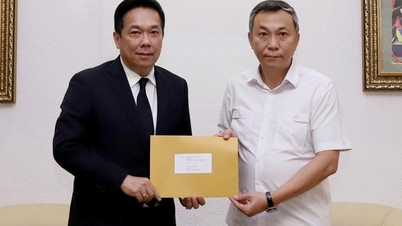

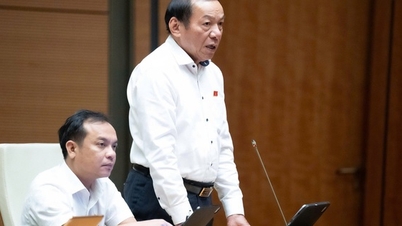










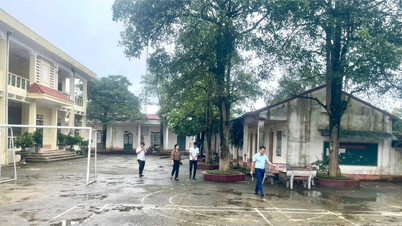















Comment (0)